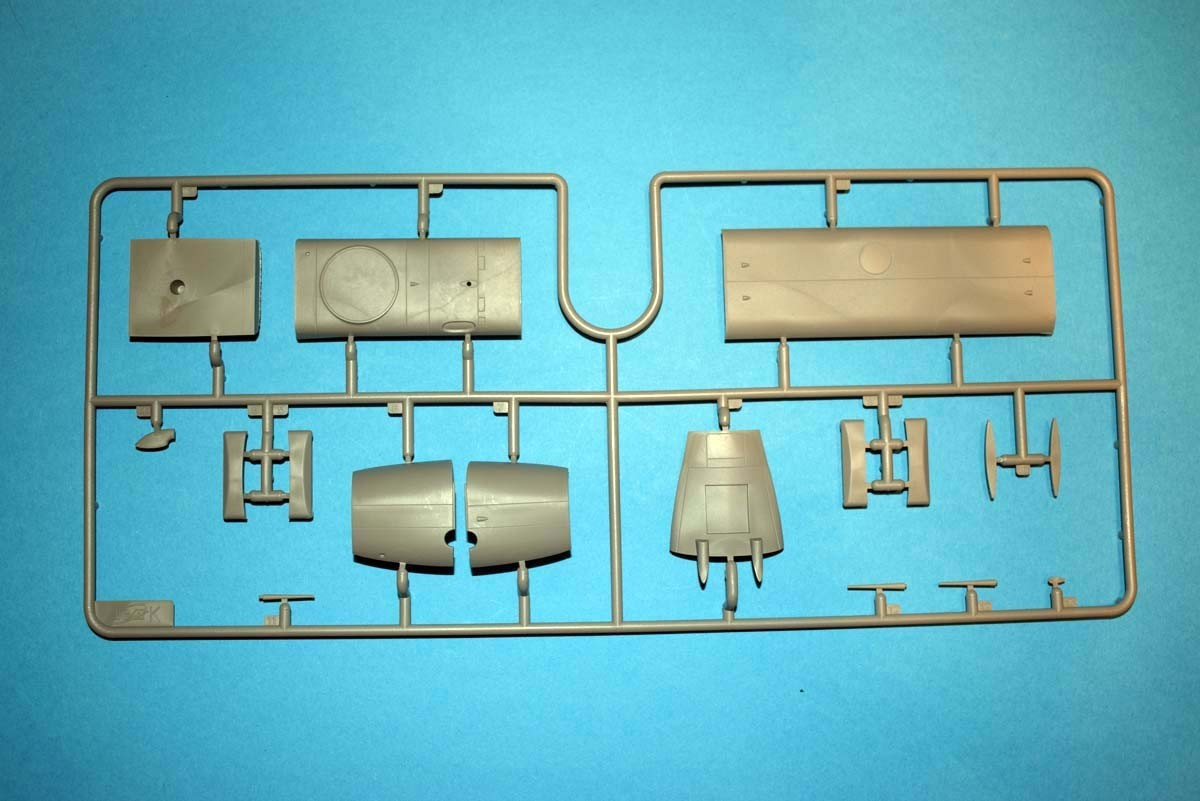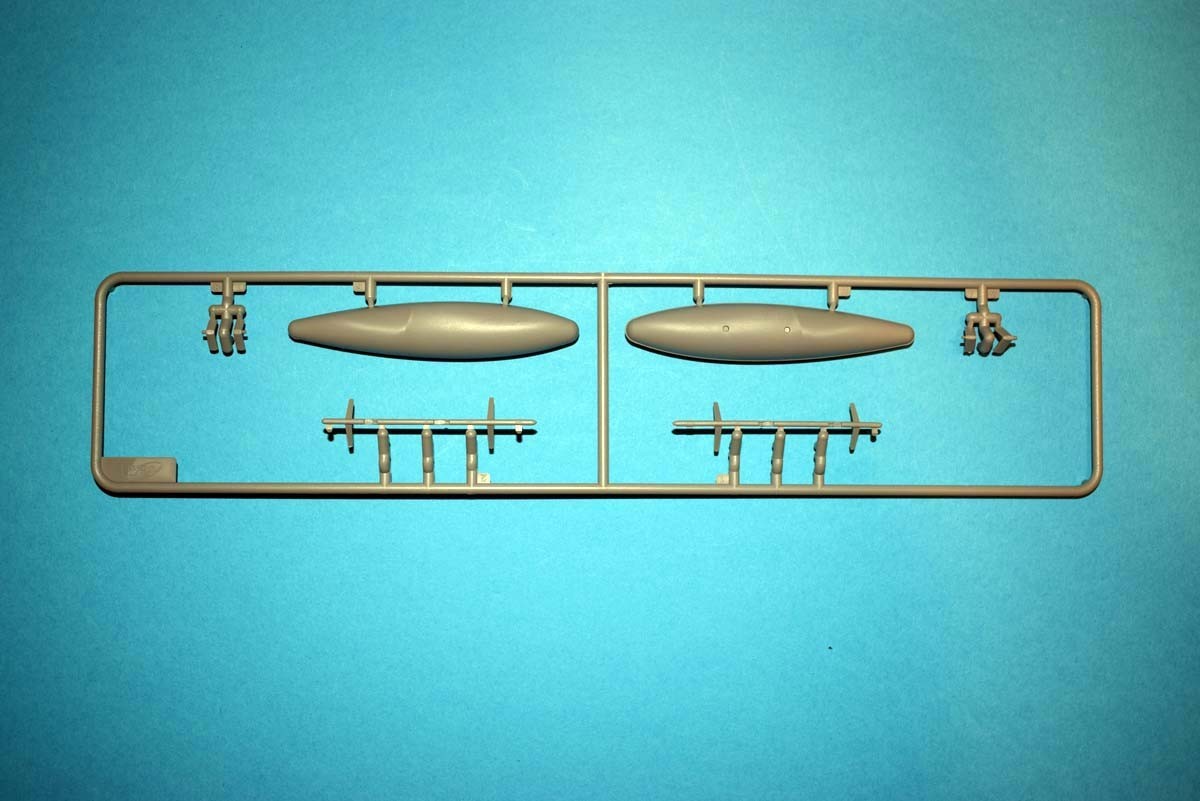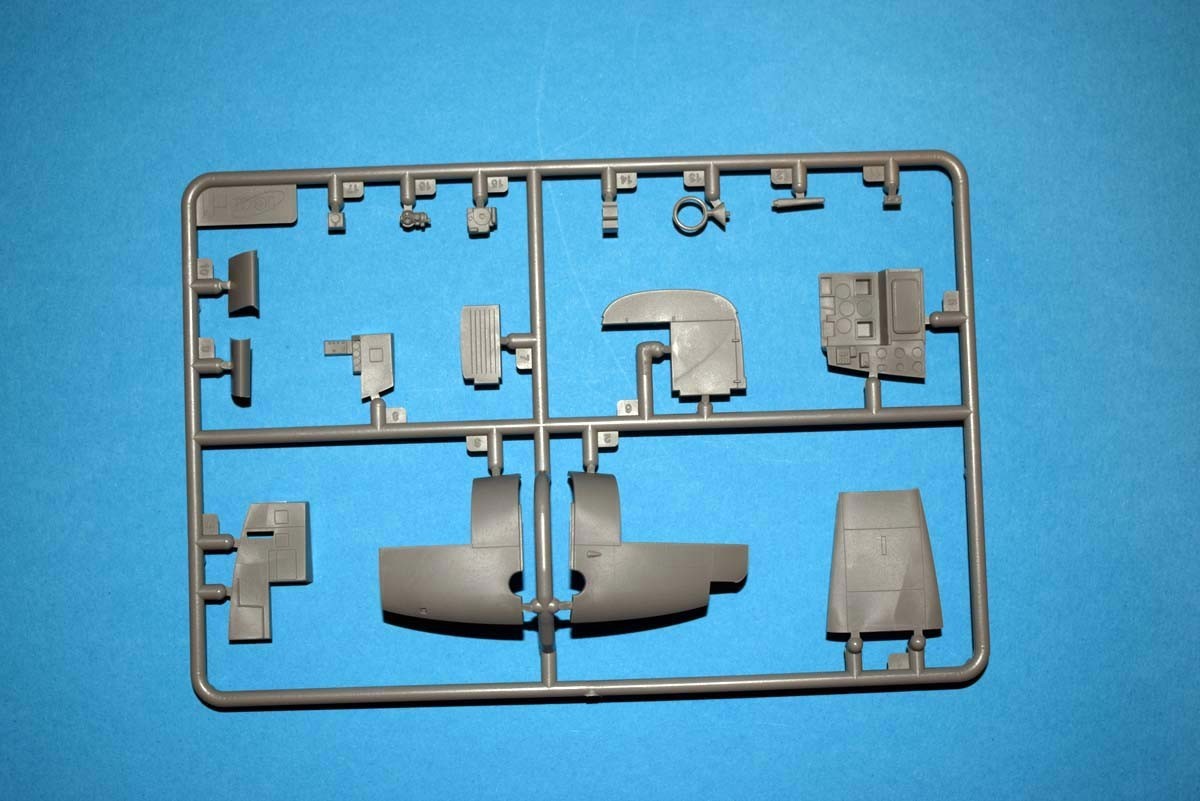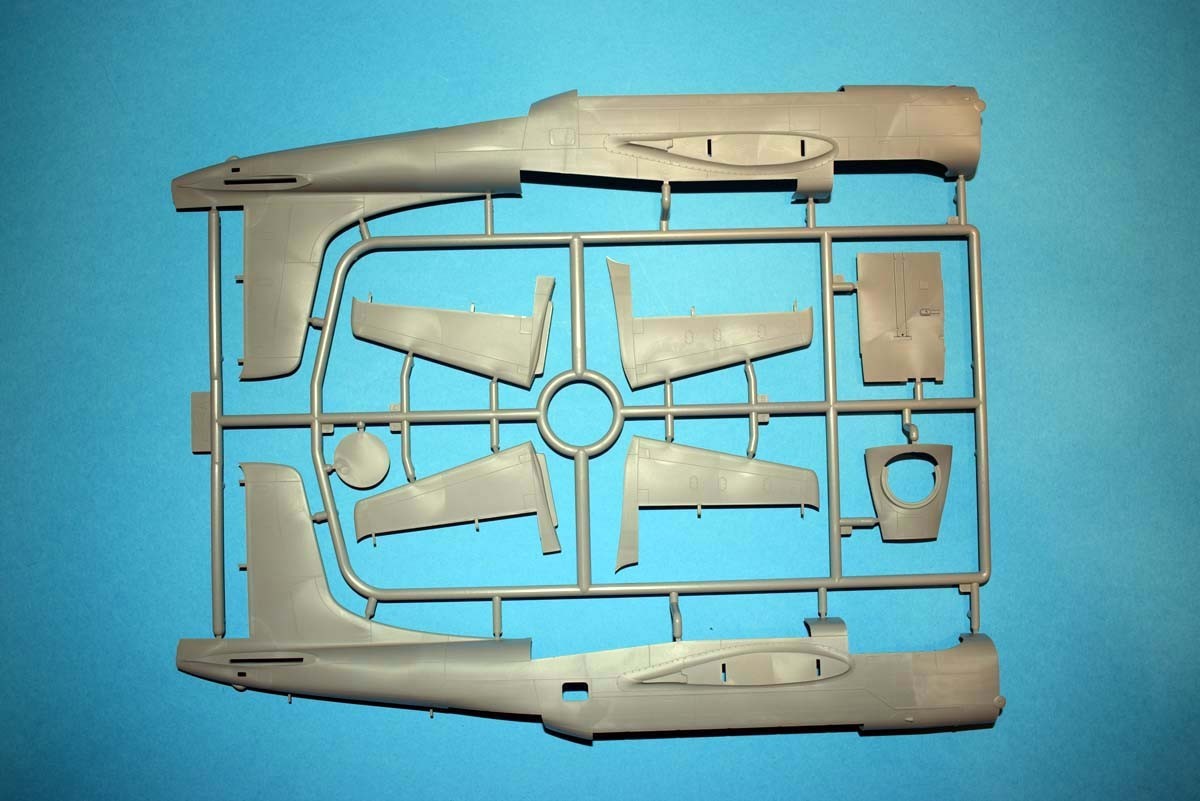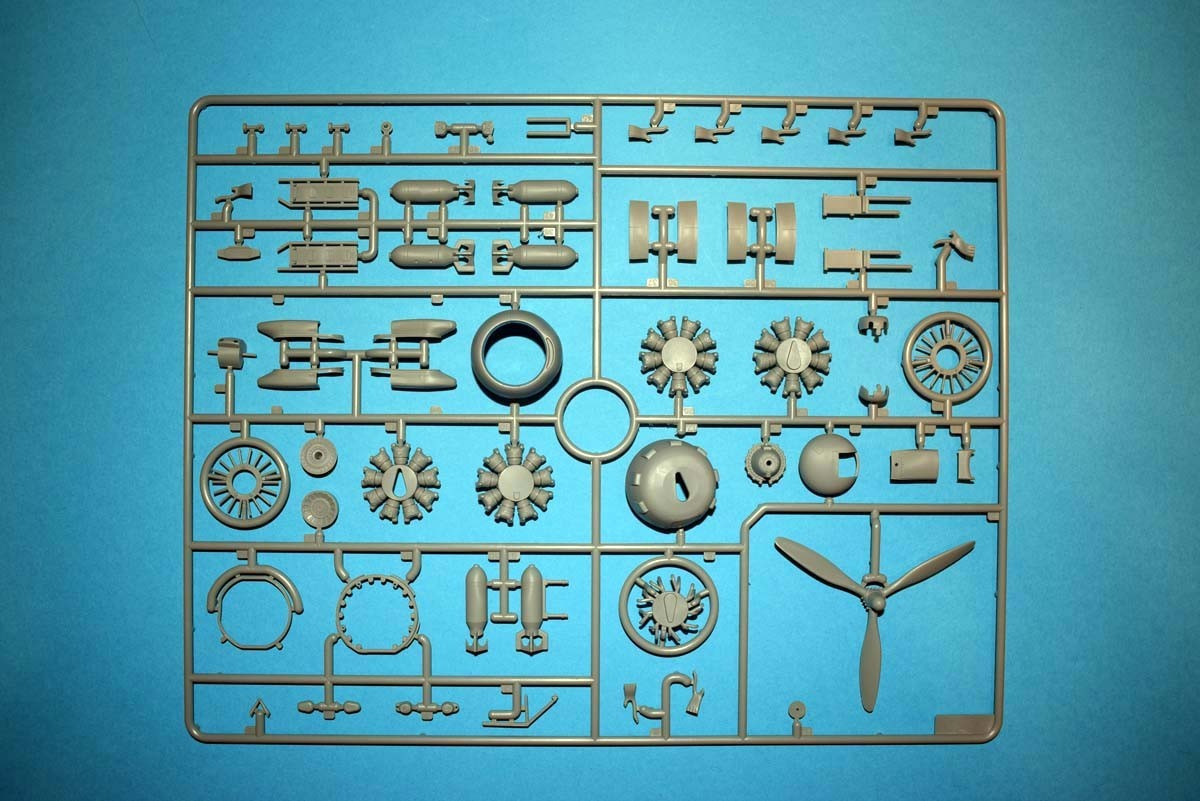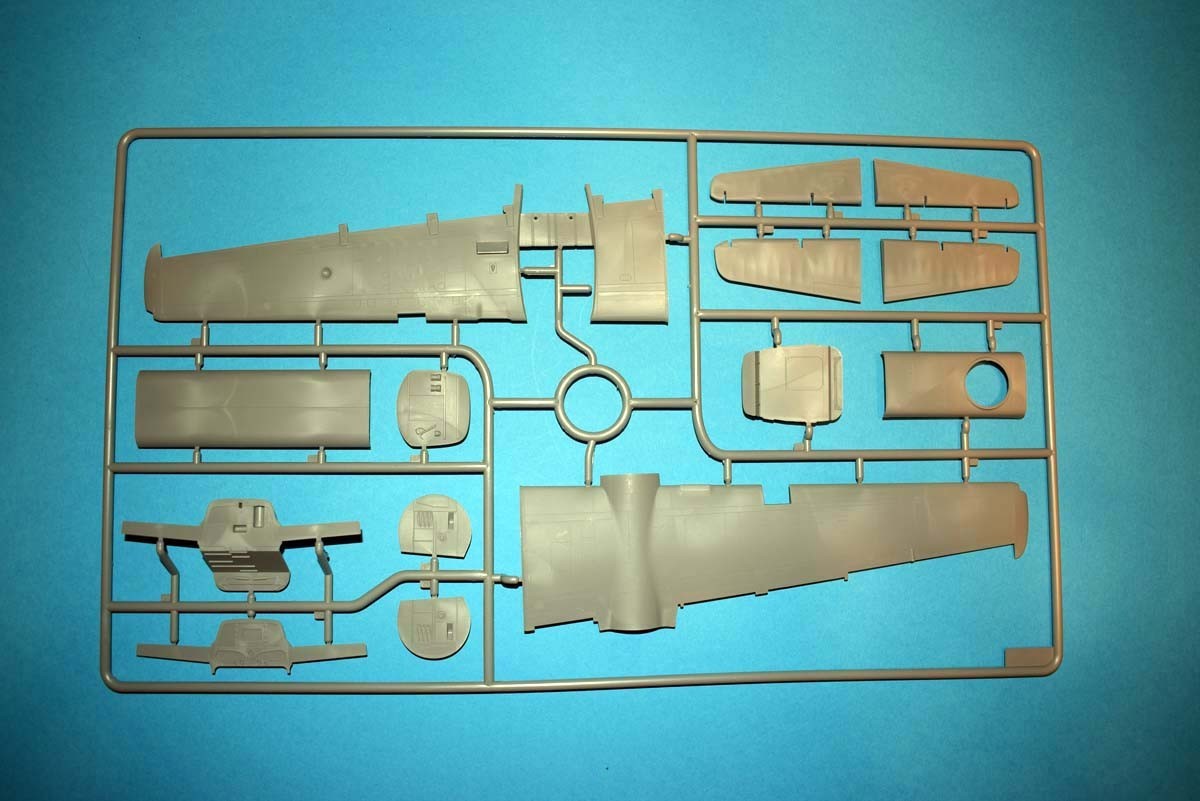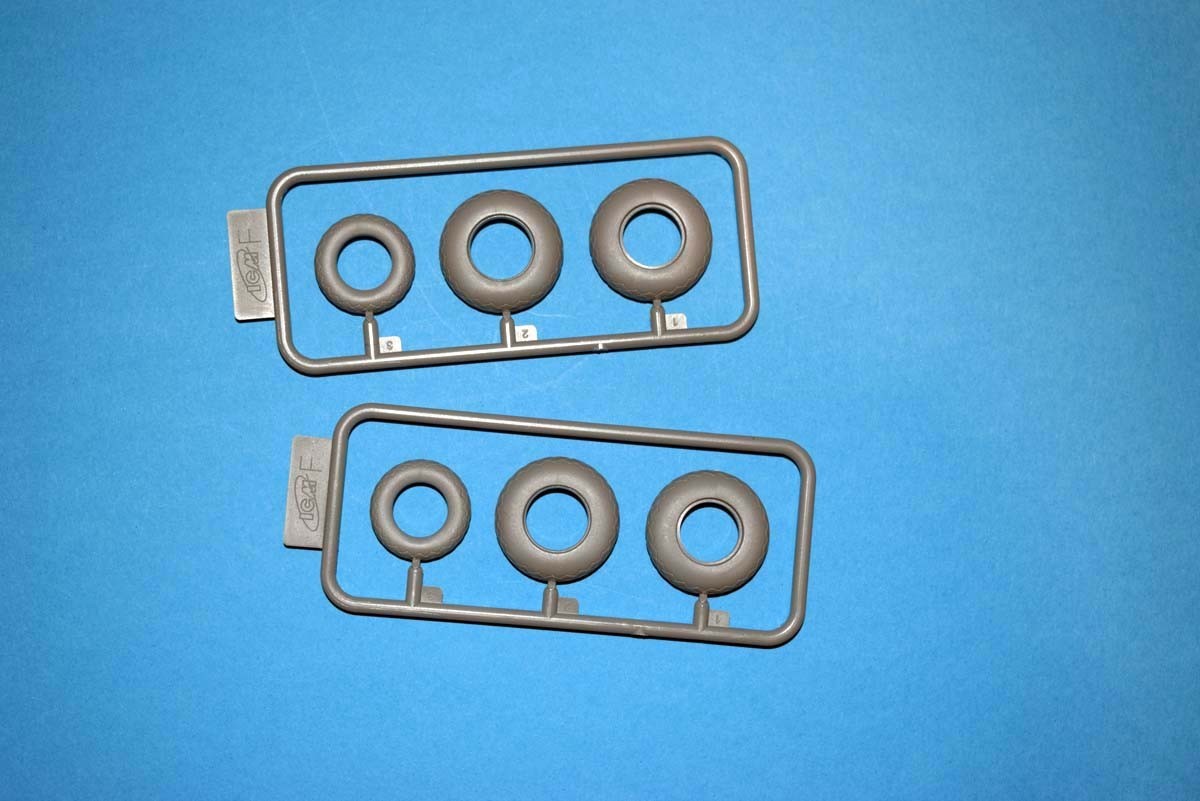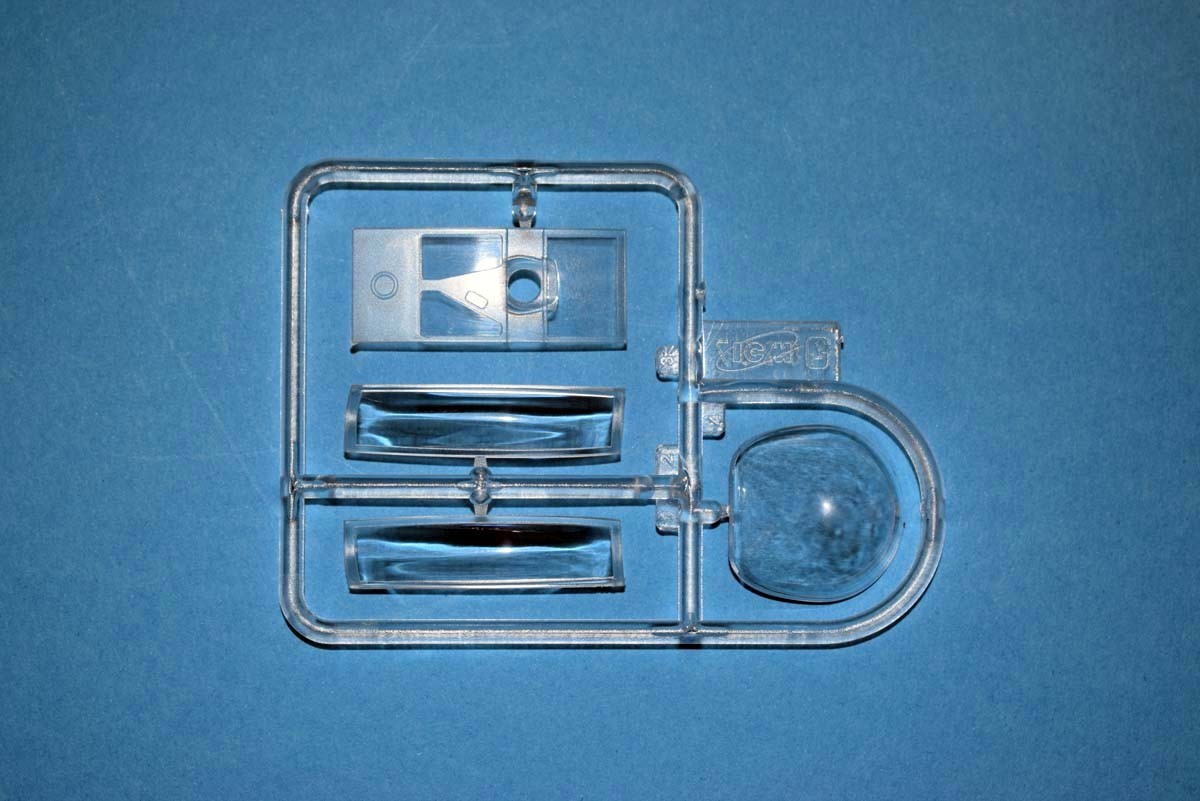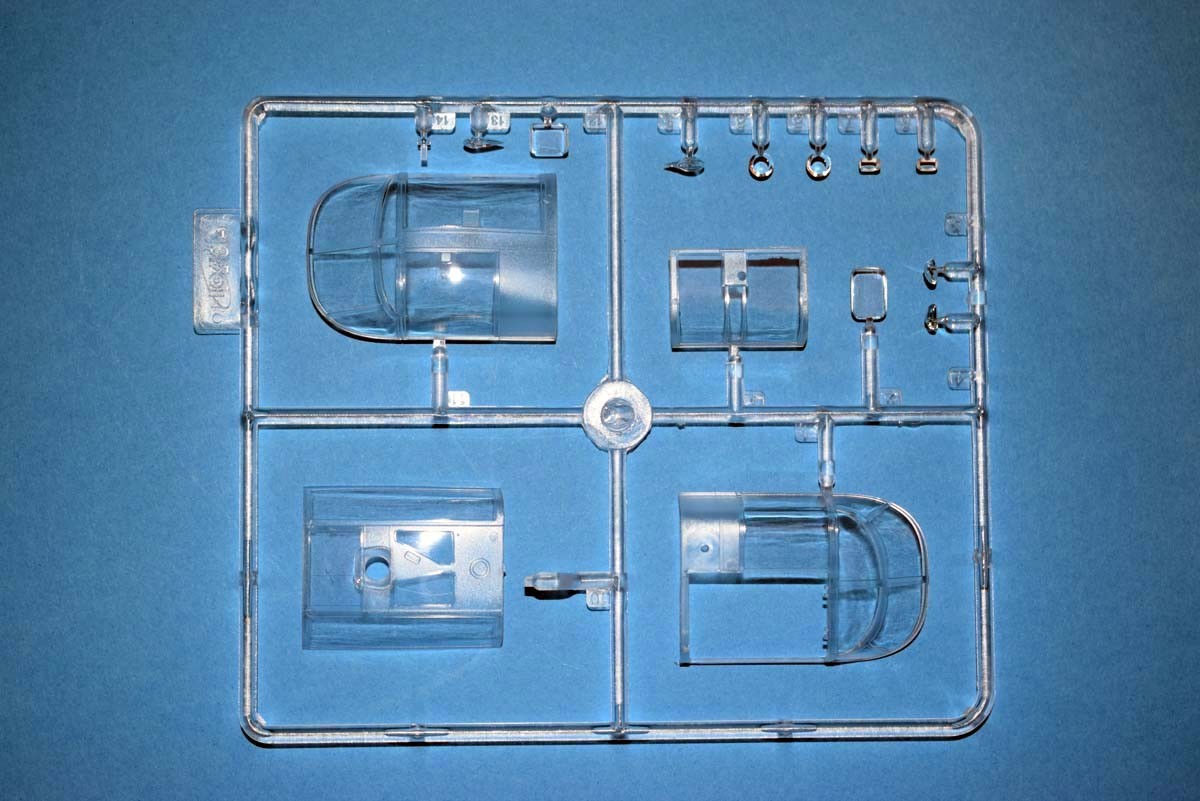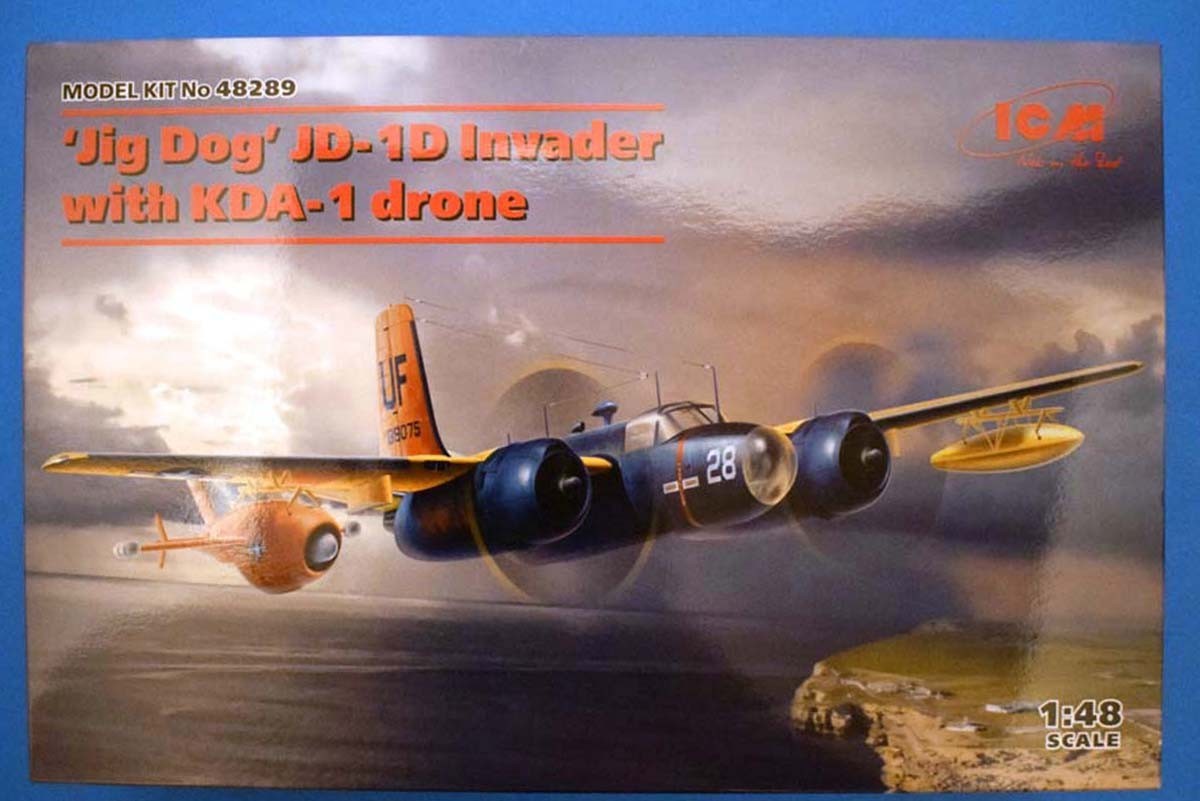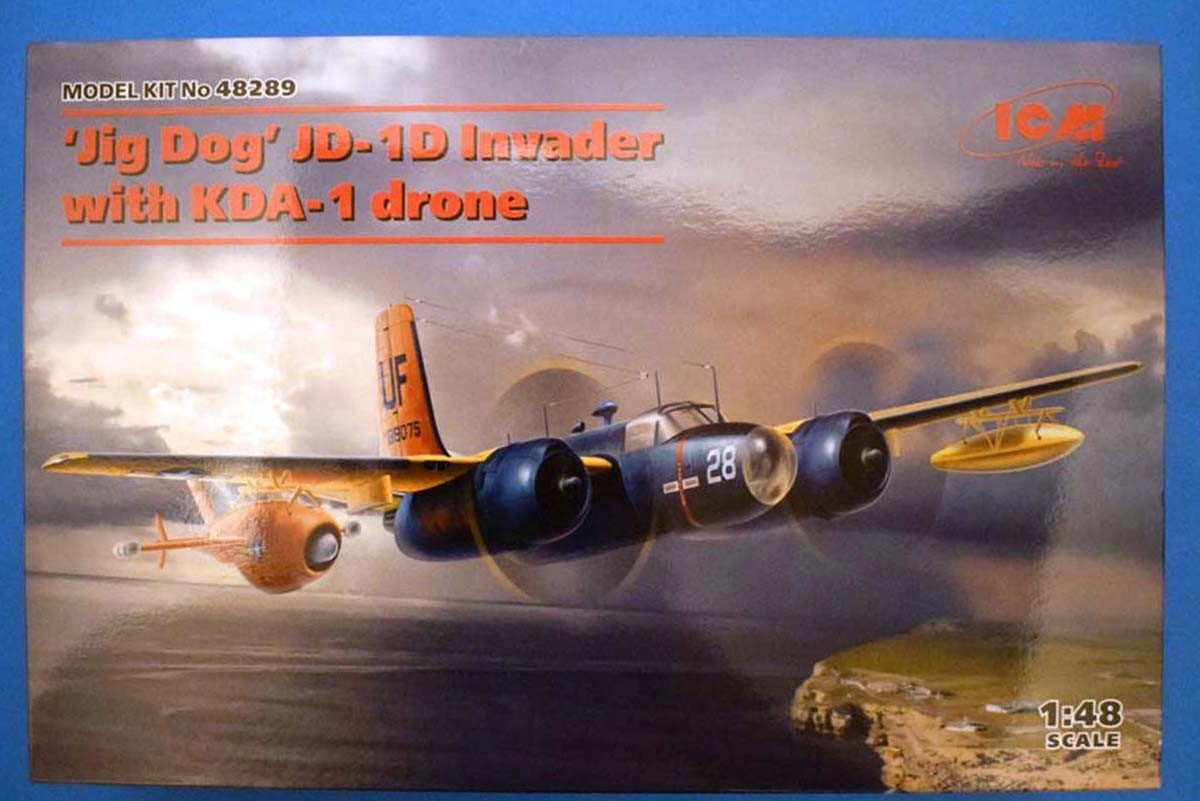
Introduction
The following introduction is as provided by ICM:
The Naval variant of the Invader JD-1D JigDog aircraft was used by the United States Navy as a carrier for unmanned aerial vehicles. Several auxiliary squadrons from the aviation units of the fleet, were equipped with such aircraft. The drones in this case acted as targets and helped pilots and air defence forces to practice their skills in fighting and destroying aerial targets. A typical suspension option was a KDA-1 Firebee drone under one wing and an outboard tank under the other. The aircraft had a yellow-blue colour, which made it easy to recognise them, and the drones were painted in a bright red colour, clearly visible against the background of the sky and ground. Naval invaders were operated by the US Navy until the 1960s. The KDA-1 drones, which received the new AQM-34B markings in 1963, were gradually replaced by a new, heavier model, the BQM-34A.
Review
This offering from ICM has to be nearing the 10th Invader release thus far. The model is packaged in the usual manner with a robust cardboard tray with flip top lid, and an additional card lid showing the artists artwork. The sprues are all packaged in a single re-sealable plastic bag and this contains another bag with the clear parts in it. My concern of the packaging of models in this way, is that parts could become broken, and come clear from the sprue resulting in damage and larger moulded elements could become distorted, which will make assembly difficult. On the plus side moulding quality is still of a good standard, with the parts being cleanly moulded and access for the removal of the model elements is very good. The decal sheet is protected inside the instruction booklet, which is loose in the box.
ICM has provided a nicely detailed cockpit with my only concern being that I do not believe that the necessary layout of the cockpit is correct, and the seats themselves are weak on detail for a model of this size, with that said, anybody looking through the glazed apertures is unlikely to know what may or may not be right. Internal detail continues back along the fuselage to roughly 2/3rd of the overall length and that includes internal rib detail on the interior faces of the fuselage themselves. Careful painting of these areas will result in a visually appealing result. Another of the aspects that I like on this model is that two integrated wing spares extend through slots in the fuselage halves so that when it comes to adding the wings you have not only a good connection but also a good support to prevent wing droop.
The external areas of the model have very good finely recessed panel lines with the detail well defined, but in my opinion not excessive. I was concerned that the internal rib details caused some distortion on the exterior of the fuselage, however photographs provided by Fred Boucher shows that distortion of this type is present on the real aircraft as well. The glazed areas of the fuselage meet with my approval as they are not excessively thick, and also allow the model to be displayed in an un-buttoned up state. The wings of the model require some holes to be drilled, and I appreciate that ICM has provided the required drill size. However, these holes are 0.8mm in size and their location has to be worked out using measurements which are provided using factions of a mm and I know myself that it would be beyond me to accurately place this holes, and I would have liked to have seen some kind of marker on the moulding to make this easier for everybody. Before you close the wings up, make sure you paint and locate the radiator face. The flight controls for the wings have all been provided as separate parts, and I really appreciate the effort in doing this. The tail areas of the model have all of the highs including the separate flight control surfaces.
The engine nacelles are assembled off of the model, and I like that the wheel bay doors have been designed in a way that makes adding them to the kit easy to do. I also appreciate that the wheel bay portions of the nacelles segregated from the engine with a reasonable level of detail included. You are advised to add 100g of extra weight to the front of each nacelle to prevent a tail sitter. I myself would recommend Liquid Gravity from Deluxe Materials, but you preference may differ. The radial engines are provided for both nacelles with both banks of pistons included and a number of parts are added to dress the area up. For the modeller who wants to make something of this aspect, I am sure there must be after market sets to dress the engines up. The added weight in each nacelle does mean you will need to take care when adding them to the wings to prevent the weight causing gaping. On of the pluses here is that the engines can be added to the wings after the wings have been secured to the fuselage and so making access for any clean up to the wing roots easier to access and also helping to prevent wing droop.
The undercarriage of the kit is of a reasonable standard, with the struts being assembled off of the model, and then added once finished which will make painting less challenging. The diamond tread tyres are provided in tow halves and if they required filling will be problematic. I would have liked to have seen the tyres on this kit to have been weighted, but it is what it is. The external mounts for aerials and sensors have been well catered to, but again you need to drill holes in the upper half of the fuselage with a 0.8mm drill using measurements provided in100ths of a millimetre.
The KDA-1 Firebee is a lovely little kit in its own right, with a reasonable level of internal detail and while the flight control surfaces of the drone are not separate that are well defined. External elements of the drone have good detail overall, but defining accuracy of scale is not something I am able to do.
This release from ICM has been provided with two finishing options which are very colourful, these are:
Jig Dog JD-1D Invader 89075 with KDA-1 Drone, Utility Squadron VU-3, US Navy, 1950s
Jig Dog JD-1D Invader 140356 with KDA-1 Drone, China Lake, 1958
Also at the rear where the finishing options are, is a guide in scale for making your own paint masks for the clear apertures of the model.
Conclusion
This release from ICM is a logical progression of the Invader aircraft in 1/48th scale. With any modeller who has purchased all of the previous releases now having an impressive display, and line of progression. As far as I can tell external details are accurate, but I have concerns about internal detail and the pilots seats is not up to par for the scale, with at the very least harness detail being needed. The drone is well done, and will add an interesting look to the model, with the paint scheme alone making it an eye catcher. The only other complaint I can lay at the door of ICM is the need to drill holes using measurements provided in 100ths of a millimetre.

